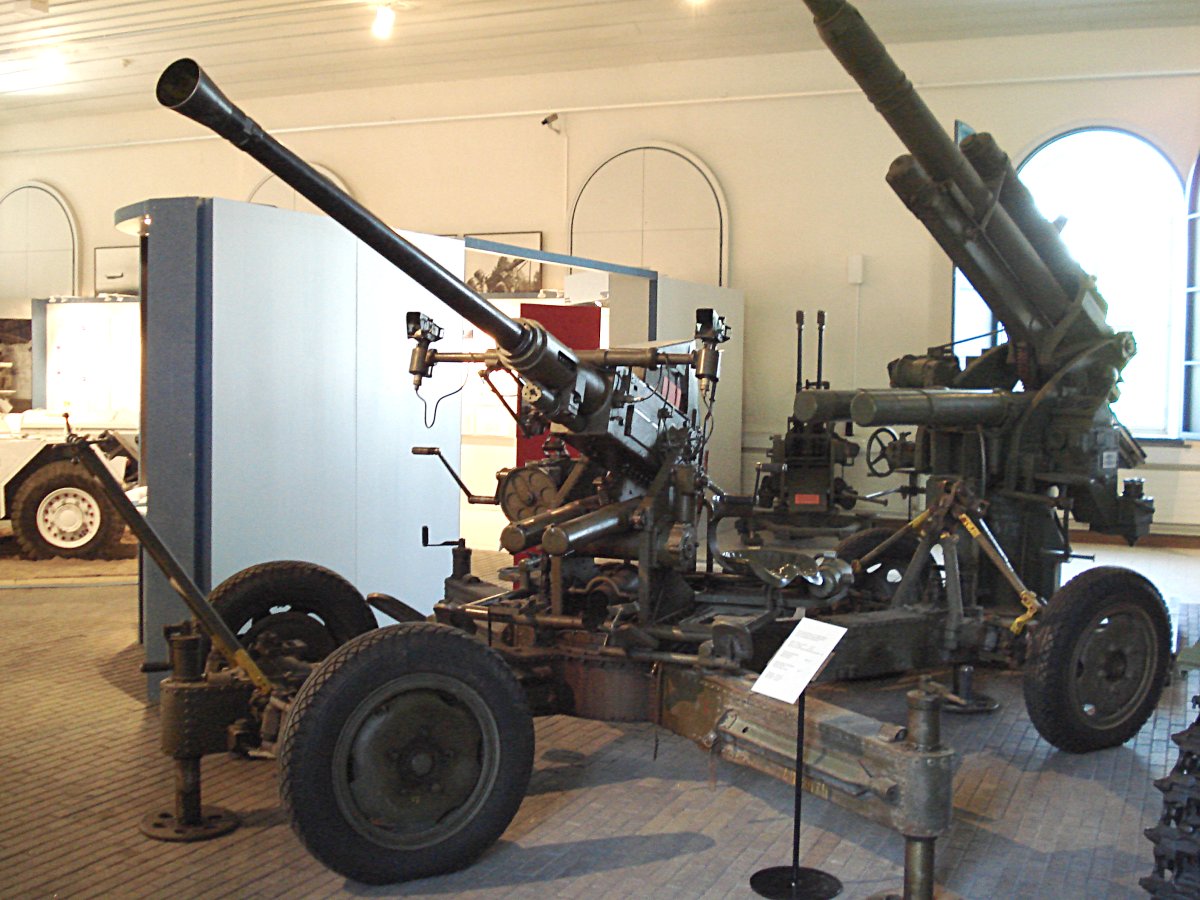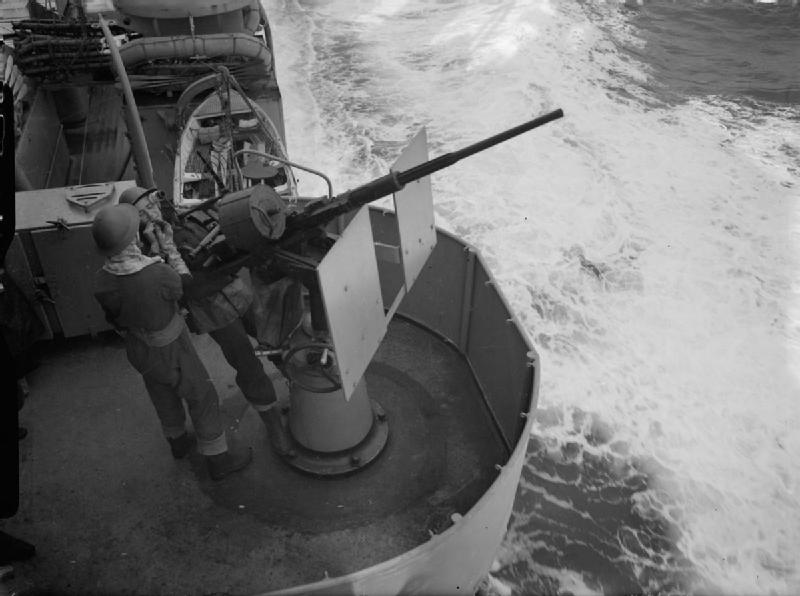|
LÉ Banba (CM11)
LÉ ''Banba'' (CM11) was a in the Irish Naval Service (INS) and was one of three purchased by the Irish government to replace the three Flower Class Corvettes purchased in 1946. The other two were and . LÉ ''Banba'' was named after Banba, a legendary queen of the Tuatha Dé Danann and also a poetic name for Ireland. The ship was the former Royal Navy vessel . Handover The name ''Banba'' was originally allocated to be borne by one of the six s ordered in 1946, but only three were delivered and the name was not used. On 22 February 1971, the former ''Alverton'' was handed over to the INS, and commissioned on 23 February by Lt. Cdr. Deasy at Gibraltar. Following her commissioning, ''Banba'', in company with ''Fola'', worked up in the Western Mediterranean so that they could complete Harbour Acceptance Trials and Sea Acceptance Trials. On 20 March both ships left the Mediterranean for home, however on the way a storm blew up forcing them to take refuge in Lisbon. The two newest a ... [...More Info...] [...Related Items...] OR: [Wikipedia] [Google] [Baidu] |
Alverton
:''Alverton can also be a variant of Alverston or Alton (other), Alton.'' Alverton is an English Hamlet (place)#United Kingdom, hamlet and civil parish in the Newark and Sherwood district of Nottinghamshire. It is joined by neighbouring Kilvington to form an area for a parish meeting. It contains 22 houses surrounded by farmland, and reported 61 residents in the 2021 United Kingdom census, 2021 census. The River Devon, Nottinghamshire, River Devon and its tributary, the Winter Gill (stream), Beck, run along its eastern border. Amenities There is a Montessori nursery school at Staunton-in-the-Vale (1.6 miles, 2.6 km), primary schools at Orston (2.1 miles, 3.4 km) and Bottesford, Leicestershire, Bottesford (3.6 miles, 5.8 km), and secondary schools at Bingham, Nottinghamshire, Bingham (7.3 miles, 11.7 km), Bottesford and Newark-on-Trent (7.5 miles, 12.1 km). Alverton has no shops or places of worship. The nearest Anglican church is Staunton, Nottinghamshire#St Mary's Chu ... [...More Info...] [...Related Items...] OR: [Wikipedia] [Google] [Baidu] |
Thornycroft
Thornycroft was an English vehicle manufacturer which built coaches, buses, and trucks from 1896 until 1977. History In 1896, naval engineer John Isaac Thornycroft formed the Thornycroft Steam Carriage and Van Company which built its first steam van. This was exhibited at the Crystal Palace Show, and could carry a load of 1 ton. It was fitted with a Thornycroft marine launch-type boiler (Thornycroft announced a new boiler designed for its steam carriages in October 1897). The engine was a twin-cylinder compound engine arranged so that high-pressure steam could be admitted to the low-pressure cylinder to give extra power for hill-climbing. A modified version of the steam wagon with a 6-cubic-yard tipper body was developed for Chiswick council in 1896 and went into service as a very early self-propelled dust-cart. While the original 1896 wagon had front-wheel drive with rear-wheel steering, the tipper dust-cart had rear-wheel drive and front-wheel steering. The Thornyc ... [...More Info...] [...Related Items...] OR: [Wikipedia] [Google] [Baidu] |
Banba
In Irish mythology, Banba (modern spelling: Banbha ), daughter of Delbáeth and Ernmas of the Tuatha Dé Danann, is a matron goddess of Ireland. She was married to Mac Cuill, a grandson of the Dagda. She was part of an important triumvirate of matron goddesses, with her sisters, Ériu and Fódla. According to Seathrún Céitinn she worshipped Macha, who is also sometimes named as a daughter of Ernmas. The two goddesses may therefore be seen as equivalent. Céitinn also refers to a tradition that Banbha was the first person to set foot in Ireland before the flood, in a variation of the legend of Cessair. In the ''Tochomlad mac Miledh a hEspain i nErind: no Cath Tailten'', If the character of Banba originated in an earth-goddess, non-leptic podzol may have been the particular earth-type of which she was the deification. The LÉ Banba (CM11), a ship in the Irish Naval Service, was named after her. Initially, she could have been a goddess of war as well as a fertility god ... [...More Info...] [...Related Items...] OR: [Wikipedia] [Google] [Baidu] |
Bofors 40 Mm Automatic Gun L/60
The Bofors 40 mm Automatic Gun L/60 (often referred to simply as the "Bofors 40 mm gun", the "Bofors gun" and the like, see #Name, name) is an Anti-aircraft warfare, anti-aircraft autocannon, designed in the 1930s by the Swedish arms manufacturer AB Bofors. The gun was designed as an intermediate anti-aircraft gun, filling the gap between fast firing close-range small calibre anti-aircraft guns and slower firing long-range high calibre anti-aircraft guns. For its time, the Bofors 40 mm L/60 was perfectly suited for this role and outperformed competing designs in the years leading up to World War II in both effectiveness and reliability. It entered the export market around 1932 and was in service with 18 countries by 1939. Throughout World War II it became one of the most popular and widespread medium-weight anti-aircraft guns. It was used by the majority of the western Allies of World War II, Allies and some Axis powers such as Nazi Germany and Hungary. In the po ... [...More Info...] [...Related Items...] OR: [Wikipedia] [Google] [Baidu] |
20 Mm Oerlikon
The Oerlikon 20 mm cannon is a series of autocannons based on an original German Becker Type M2 20 mm cannon design that appeared very early in World War I. It was widely produced by Oerlikon Contraves and others, with various models employed by both Allied and Axis forces during World War II. Many versions of the cannon are still used. Blowback-operated models History Origins During World War I, the German industrialist Reinhold Becker developed a 20 mm caliber cannon, known now as the 20 mm Becker using the advanced primer ignition blowback (API blowback) method of operation. This used a 20×70mmRB cartridge and had a cyclic rate of fire of 300 rpm. It was used on a limited scale as an aircraft gun on ''Luftstreitkräfte'' warplanes, and an anti-aircraft gun towards the end of that war. Because the Treaty of Versailles banned further production of such weapons in Germany, the patents and design works were transferred in 1919 to the Swiss firm SEMAG (''Seebach Maschi ... [...More Info...] [...Related Items...] OR: [Wikipedia] [Google] [Baidu] |
Irish Naval Service
The Naval Service () is the maritime component of the Defence Forces (Ireland), Defence Forces of Republic of Ireland, Ireland and is one of the three branches of the Irish Defence Forces. Its base is in Haulbowline, County Cork. Though preceded by earlier maritime defence organisations, the Naval Service was formed in 1946. Since the 1970s a major role of the Naval Service has been the provision of fisheries protection in Ireland's exclusive economic zone (EEZ). Other roles include sea patrol, surveillance, and smuggling prevention. Occasionally the service undertakes longer missions in support of other elements of the Defence Forces, Irish peacekeepers serving with the United Nations, or humanitarian and trade missions. The Naval Service has an active establishment of 1,094 and a reserve establishment of 200. Like other components of the Defence Forces, the Naval Service has struggled to maintain strength and as of late 2024 had only 719 active personnel, and 77 reserve pers ... [...More Info...] [...Related Items...] OR: [Wikipedia] [Google] [Baidu] |
Tuatha Dé Danann
The Tuatha Dé Danann (, meaning "the folk of the goddess Danu"), also known by the earlier name Tuath Dé ("tribe of the gods"), are a supernatural race in Irish mythology. Many of them are thought to represent deities of pre-Christian Gaelic Ireland. The Tuath Dé Danann are often depicted as kings, queens, druids, bards, warriors, heroes, healers and craftsmen who have supernatural powers. They dwell in the Otherworld but interact with humans and the human world. They are associated with the ''sídhe'': prominent ancient burial mounds such as Brú na Bóinne, which are entrances to Otherworld realms. Their traditional rivals are the Fomorians (Fomoire), who might represent the destructive powers of nature, and whom the Tuatha Dé Danann defeat in the Battle of Mag Tuired. Prominent members include the Dagda ("the great god"); The Morrígan ("the great queen" or "phantom queen"); Lugh; Nuada; Aengus; Brigid; Manannán; Dian Cecht the healer; and Goibniu the smith ... [...More Info...] [...Related Items...] OR: [Wikipedia] [Google] [Baidu] |
Gibraltar
Gibraltar ( , ) is a British Overseas Territories, British Overseas Territory and British overseas cities, city located at the southern tip of the Iberian Peninsula, on the Bay of Gibraltar, near the exit of the Mediterranean Sea into the Atlantic Ocean (Strait of Gibraltar). It has an area of and is Gibraltar–Spain border, bordered to the north by Spain (Campo de Gibraltar). The landscape is dominated by the Rock of Gibraltar, at the foot of which is a densely populated town area. Gibraltar is home to some 34,003 people, primarily Gibraltarians. Gibraltar was founded as a permanent watchtower by the Almohad Caliphate, Almohads in 1160. It switched control between the Nasrids, Crown of Castile, Castilians and Marinids in the Late Middle Ages, acquiring larger strategic clout upon the destruction of nearby Algeciras . It became again part of the Crown of Castile in 1462. In 1704, Anglo-Dutch forces Capture of Gibraltar, captured Gibraltar from Spain during the War of the S ... [...More Info...] [...Related Items...] OR: [Wikipedia] [Google] [Baidu] |
Ships Built In Southampton
A ship is a large watercraft, vessel that travels the world's oceans and other Waterway, navigable waterways, carrying cargo or passengers, or in support of specialized missions, such as defense, research and fishing. Ships are generally distinguished from boats, based on size, shape, load capacity and purpose. Ships have supported Geographic exploration, exploration, Global trade, trade, Naval warfare, warfare, Human migration, migration, colonization, and science. Ship transport is responsible for the largest portion of world commerce. The word ''ship'' has meant, depending on the era and the context, either just a large vessel or specifically a Full-rigged ship, ship-rigged sailing ship with three or more masts, each of which is Square rig, square-rigged. The earliest historical evidence of boats is found in Egypt during the 4th millennium BCE. In 2024, ships had a global cargo capacity of 2.4 billion tons, with the three largest classes being ships carrying dry bulk (43%), ... [...More Info...] [...Related Items...] OR: [Wikipedia] [Google] [Baidu] |
1954 Ships
Events January * January 3 – The Italian broadcaster RAI officially begins transmitting. * January 7 – Georgetown–IBM experiment: The first public demonstration of a machine translation system is held in New York, at the head office of IBM. * January 10 – BOAC Flight 781, a de Havilland Comet jet plane, disintegrates in mid-air due to metal fatigue, and crashes in the Mediterranean near Elba; all 35 people on board are killed. * January 12 – 1954 Blons avalanches, Avalanches in Austria kill more than 200. * January 15 – Mau Mau rebellion, Mau Mau leader Waruhiu Itote is captured in Kenya. * January 17 – In Socialist Federal Republic of Yugoslavia, Yugoslavia, Milovan Đilas, one of the leading members of the League of Communists of Yugoslavia, is relieved of his duties. * January 20 – The US-based National Negro Network is established, with 46 member radio stations. * January 21 – The first nuclear-powered submarine, the , is ... [...More Info...] [...Related Items...] OR: [Wikipedia] [Google] [Baidu] |




